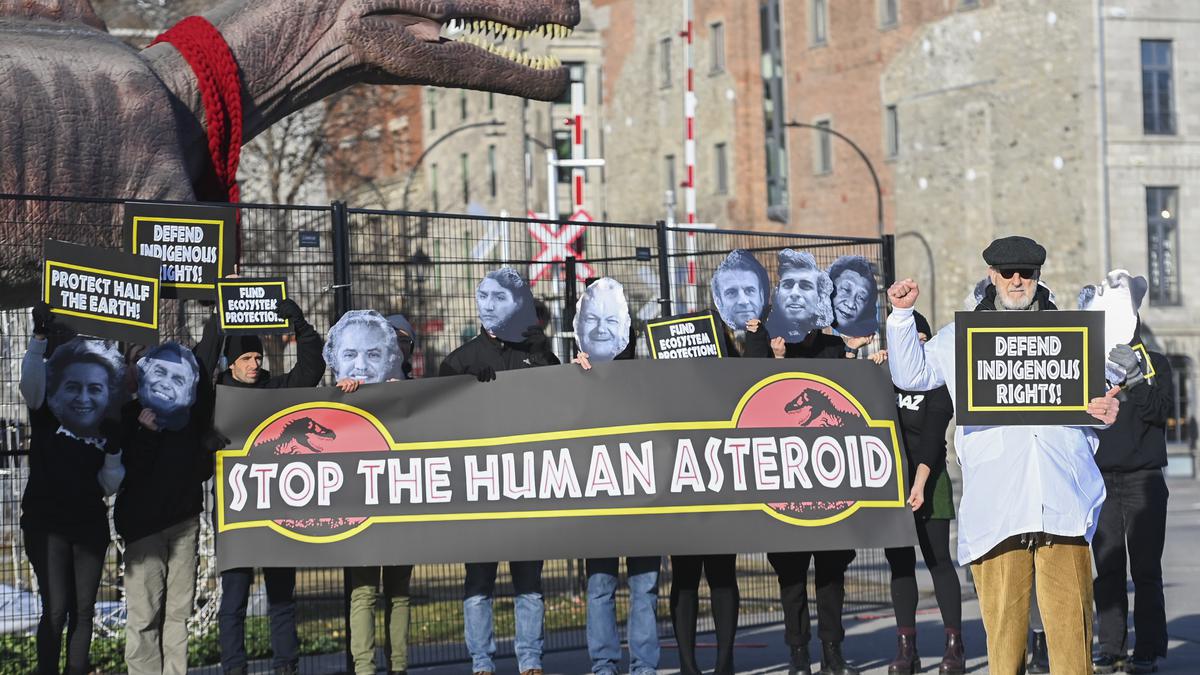
COP15 | Over 3 million sign petition for protection of 50% of world's biodiversity
The Hindu
Till now, most of the 196 countries meeting in Montreal have backed a 30% figure for conservation of lands and oceans; a final decision is due on December 19.
As countries iron out a deal to protect nature at the COP15 biodiversity conference here, a petition backed by 3.2 million citizens worldwide has called for a more ambitious target of at least 50% conservation and protection of lands and oceans by 2030.
Most of the 196 countries meeting in Montreal, including India, have backed a 30% figure for protecting lands and oceans. However, a final agreement is due to be completed on December 19.
"We are already well beyond 30 per cent conservation of the planet, if only our governments recognise the rights of Indigenous peoples and local communities over their territories, lands and waters,” Oscar Soria, Campaign Director, Avaaz said in a press briefing here.
“They are de facto the ones conserving biodiversity. Now's the time to strive for a higher target, of half the Earth. Any other number will put vital forests in jeopardy, and are clearly not enough to kickstart the necessary revolution to rebuild our relationship with nature,” Mr. Soria said.
However, Basile van Havre, Co-Chair for the Convention on Biological Diversity’s (CBD) Post-2020 Open Ended Working Group, believes that the Parties should not give themselves goals that are not achievable.
“Definitely the science is pretty clear, 30 per cent (target) is a minimum so the way I am looking at it, this will take a massive effort from where we are to reach 30 per cent. Let us not give ourselves goals that we can not achieve in 8 years,” Mr. van Havre said.
Advocates of the science-based Half target, led by prominent biodiversity NGOs, argue that the 30 by 30 target, conceived in the drafting negotiation process between 2019 and early 2020, is now an outdated figure based on the latest understanding of science and technology.













